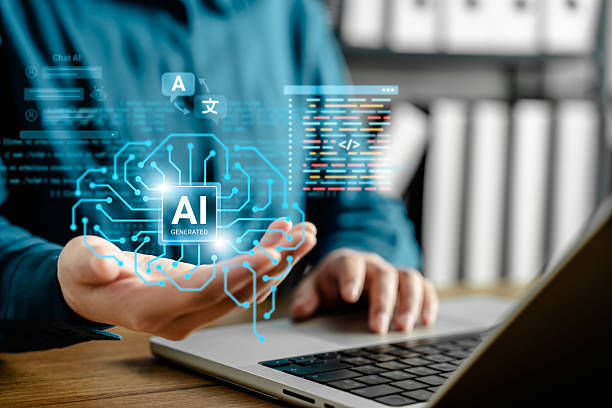What is an AI Robot and How Does it Work?
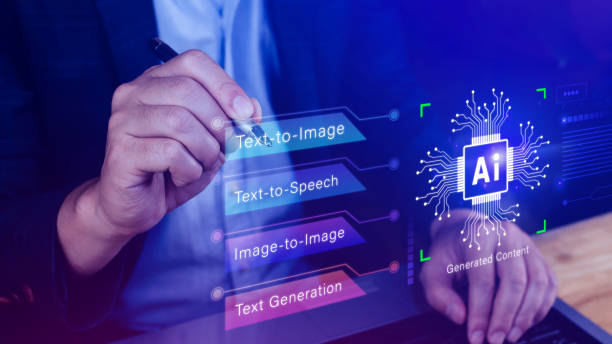
AI robots are a combination of two key concepts: robotics and artificial intelligence.
#Artificial_Intelligence allows machines to perform tasks that typically require human intelligence, such as learning, problem-solving, and decision-making.
Robotics deals with the design, construction, operation, and application of robots.
When these two are combined, intelligent robots are created that are capable of performing complex tasks in the real world.
These robots can sense data, process it, and act upon it.
Machine learning algorithms allow them to learn from their experiences and improve their performance.
In other words, an AI robot is a physical machine that, using artificial intelligence, can perform tasks that previously only humans were capable of doing.
The operation of an AI robot generally involves several stages.
First, the robot collects data from its environment through its sensors.
These sensors can include cameras, microphones, touch sensors, and so on.
Then, this data is processed by a central processor or a computer system.
In this stage, artificial intelligence algorithms such as neural networks and deep learning algorithms are used to analyze data and extract useful information.
Finally, the robot makes decisions based on this information and performs the appropriate action.
This action can include movement, object manipulation, communication with humans, or performing any other task.
AI robots have the ability to learn and improve their performance over time, which makes them very useful and efficient in a wide range of applications.
Are you losing business opportunities because of an outdated website? With Rasawweb, permanently solve the problem of not attracting potential customers through your website!
✅ Attract more high-quality leads
✅ Increase brand credibility in the eyes of customers
⚡ Get free consultation for corporate website design
Applications of Smart Robots in Various Industries
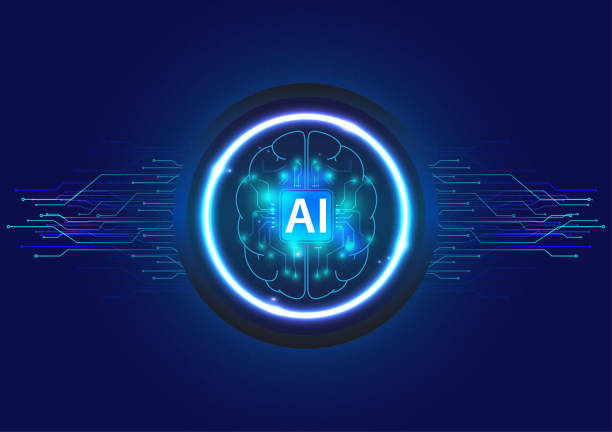
Smart robots have widespread applications in various industries.
In the manufacturing industry, robots can be used to perform repetitive and dangerous tasks such as welding, painting, and packaging.
This leads to increased productivity, reduced errors, and improved worker safety.
In healthcare, robots can play an important role in precise surgeries, patient rehabilitation, and providing care services to the elderly and disabled.
AI robots are also used in agriculture and can be used for planting, tending, and harvesting crops, monitoring plant conditions, and pest control.
These robots can help reduce water and fertilizer consumption, increase crop yields, and improve their quality.
Furthermore, smart robots are also transforming the transportation industry.
Autonomous vehicles, drones, and automated logistics systems are examples of AI robot applications in this field.
These systems can help reduce accidents, improve transportation efficiency, and lower costs.
In customer service, chatbots and virtual assistants can help provide quick and accurate answers to customer questions, solve problems, and offer personalized services.
Finally, smart robots also have applications in education and can be used as private tutors, teaching assistants, and interactive tools for learning.
In summary, AI robots can play an important role in any industry that requires automation, precision, and high efficiency.
Advantages and Disadvantages of Using AI Robots

The use of AI robots has several advantages.
One of the most important advantages is increased productivity and reduced costs.
Robots can perform tasks continuously and without fatigue, which leads to increased production and fewer errors.
Also, robots can work in dangerous and unsuitable environments for humans, which improves safety and reduces injuries.
In addition, AI robots can collect and analyze data accurately and quickly, which helps in better and more efficient decision-making.
Another advantage of these robots is that they can help provide personalized services and improve customer experience.
However, the use of AI robots also has disadvantages.
One of the most important disadvantages is the high cost of designing, manufacturing, and maintaining these robots.
Also, the use of robots may lead to job displacement for some individuals, which can result in social and economic problems.
Furthermore, AI robots may be susceptible to cyberattacks and misuse, which can lead to security issues.
Also, some people are concerned that AI robots may become too powerful and lose human control.
However, with the increasing advancements in artificial intelligence and robotics, it is expected that the benefits of using AI robots will outweigh their disadvantages.
| Advantages | Disadvantages |
|---|---|
| Increased productivity | High cost |
| Reduced costs | Job displacement |
| Improved safety | Security issues |
| High accuracy | Ethical concerns |
Challenges in Developing and Implementing AI Robots
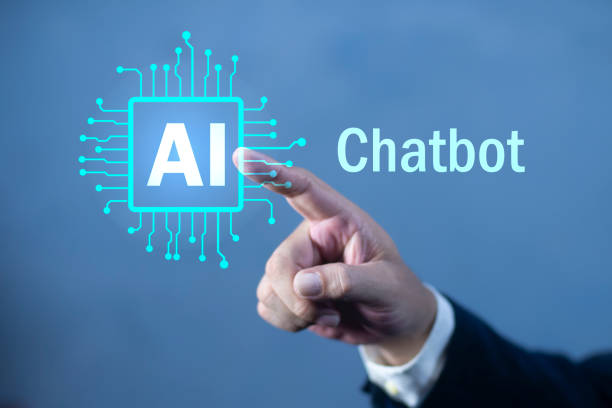
The development and implementation of AI robots come with numerous challenges.
One of the most significant challenges is the lack of high-quality and sufficient training data.
Machine learning algorithms require a lot of data for training, and if this data is incomplete or inaccurate, the robot’s performance will significantly decrease.
Another challenge is the complexity of AI algorithms.
Designing and implementing these algorithms requires high knowledge and expertise in mathematics, computer science, and software engineering.
Also, robots must be able to interact with complex and unpredictable environments, which requires the development of advanced algorithms for pattern recognition, path planning, and decision-making.
In addition, ethical and legal issues are also important challenges in the development of AI robots.
Robots must be designed in a way that respects individuals’ rights and privacy and prevents harm to humans.
Also, laws and regulations must be established to determine responsibility in case of errors or accidents caused by robots.
Another challenge is public acceptance of robots.
Some people are concerned that robots may replace humans and cause unemployment.
To address these concerns, efforts must be made to explain the benefits of using robots to the general public and to create new educational and job opportunities for those affected.
Despite the challenges, AI robots have high potential to improve human lives and develop various industries.
Dreaming of a thriving online store but don’t know where to start?
Rasawweb is your comprehensive solution for e-commerce website design.
✅ Attractive and user-friendly design
✅ Increased sales and revenue⚡ Get free consultation
The Future of AI Robotics and Its Impact on Life

The future of AI robotics is very bright and full of new opportunities.
With rapid advancements in artificial intelligence, robots are expected to become capable of performing more complex and diverse tasks.
AI robots will play an important role in our daily lives.
At home, robots can help with household chores, caring for the elderly and children, and providing security services.
At work, robots can help with repetitive and tedious tasks, data analysis, and providing analytical reports.
In the city, robots can help improve transportation, manage traffic, and provide public services.
AI robots are expected to be increasingly integrated into various aspects of our lives.
In healthcare, robots can help diagnose diseases, perform precise surgeries, and provide rehabilitation services.
In education, robots can be used as private tutors, teaching assistants, and interactive tools for learning.
In agriculture, robots can help with planting, tending, and harvesting crops, monitoring plant conditions, and pest control.
In transportation, autonomous vehicles and drones can help reduce accidents, improve transportation efficiency, and lower costs.
In summary, AI robots have high potential to improve our quality of life and create a smarter and more sustainable society.
Types of Smart Robots Based on Application
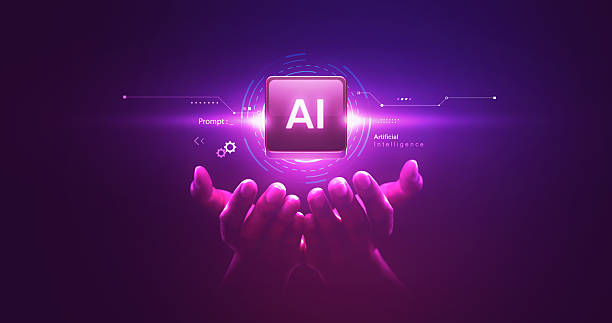
Smart robots are divided into different types based on their application.
Industrial robots are designed to perform repetitive and heavy tasks on factory production lines.
These robots usually have robotic arms that can accurately move and assemble parts.
Service robots are designed to provide services to humans in various environments such as hospitals, hotels, and restaurants.
These robots can help with carrying loads, cleaning, providing information, and answering customer questions.
Medical robots are designed to assist doctors in performing precise surgeries, patient rehabilitation, and providing care services.
These robots can increase the accuracy and efficiency of surgeries using advanced technologies such as augmented reality and virtual reality.
Agricultural robots are designed to assist farmers in planting, tending, and harvesting crops, monitoring plant conditions, and pest control.
These robots can help reduce water and fertilizer consumption, increase crop yields, and improve their quality.
Military robots are designed to perform dangerous and difficult tasks on the battlefield.
These robots can help identify and neutralize bombs, collect intelligence, and conduct offensive operations.
AI robots are designed and built according to various needs.
Key Technologies in Building AI Robots

Building AI robots requires the use of various technologies.
One of the most important technologies is sensors.
Sensors enable robots to collect information about their surroundings.
These sensors can include cameras, microphones, touch sensors, temperature and pressure sensors, and so on.
Another technology is processors.
Processors process the information collected by sensors and make necessary decisions.
Processors must have sufficient processing power to execute complex artificial intelligence algorithms.
Another technology is actuators.
Actuators enable robots to move in their environment and manipulate objects.
Actuators can include motors, cylinders, gearboxes, and so on.
Another technology is artificial intelligence algorithms.
Artificial intelligence algorithms enable robots to learn, make decisions, and solve problems.
These algorithms can include neural networks, deep learning algorithms, optimization algorithms, and so on.
AI robots, as a combination of these technologies, create intelligent robots capable of performing complex tasks in the real world.
| Technology | Description |
|---|---|
| Sensors | Collecting information from the environment |
| Processors | Processing information and decision-making |
| Actuators | Movement and manipulation of objects |
| Artificial Intelligence Algorithms | Learning, decision-making, and problem-solving |
The Role of Machine Learning in Developing Smart Robots

Machine learning plays a very important role in the development of smart robots.
Machine learning enables robots to learn from data and improve their performance.
Using machine learning algorithms, robots can recognize patterns in data, make accurate predictions, and make better decisions.
Machine learning allows robots to perform complex tasks automatically and without the need for explicit programming.
There are different types of machine learning algorithms that can be used in the development of AI robots.
Supervised learning algorithms are used to train robots using labeled data.
Unsupervised learning algorithms are used to train robots using unlabeled data.
Reinforcement learning algorithms are used to train robots using environmental feedback.
Each of these algorithms has its own advantages and disadvantages, and depending on the application, one of them may be more suitable.
AI robots owe their development in all aspects to machine learning.
Did you know that 94% of the first impression of a company is related to its website design?
Rasawweb, by providing professional corporate website design services, helps you create the best first impression.
✅ Create a professional and trustworthy image for your brand
✅ Easier attraction of potential customers and improvement of online presence
⚡ Get free consultation for corporate website design
Ethical and Social Issues Related to AI Robots

The development and use of AI robots come with numerous ethical and social issues.
One of the most important issues is privacy.
Robots can collect a lot of information about individuals’ personal lives, and this information may be misused or abused.
Another issue is discrimination.
Artificial intelligence algorithms may unintentionally create biases based on gender, race, religion, or other personal characteristics.
Another issue is responsibility.
In case of errors or accidents caused by robots, determining responsibility is difficult.
Should the manufacturing company, the programmer, or the user be held responsible?
Furthermore, there are concerns about the replacement of humans by AI robots and job displacement.
To address these issues, laws and regulations must be established to govern the development and use of robots.
Also, efforts must be made to explain the benefits of using robots to the general public and to create new educational and job opportunities for those affected.
It is important that the development of AI robots is carried out in a way that respects human rights and values and contributes to improving the quality of life for all individuals.
How to Set Up an AI Robot?
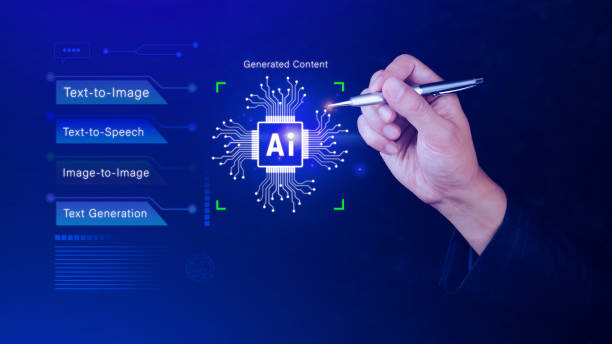
Setting up an AI robot is a complex process that requires careful planning and technical knowledge.
The first step is to define the purpose of setting up the robot.
What tasks is the robot supposed to perform? What problems should it solve? After defining the goal, you need to collect the necessary data to train the robot.
This data can include images, sounds, texts, or other types of data.
Then, you need to choose an appropriate machine learning algorithm to train the robot.
After selecting the algorithm, you need to train it using the collected data.
This process can be time-consuming and requires precise adjustment of the algorithm’s parameters.
After training the robot, you need to test it and make sure it works correctly.
If necessary, you can improve the robot’s performance using new data.
Also, you need to pay attention to the maintenance and updating of the robot to ensure its performance over time.
AI robots, with proper setup and maintenance, can help you perform various tasks.
Frequently Asked Questions
| Question | Answer |
|---|---|
| What is an AI robot? | An AI robot (Artificial Intelligence Robot) is a machine capable of understanding its environment, reasoning, learning, and making decisions to perform tasks autonomously. |
| What is the difference between ordinary robots and AI robots? | Ordinary robots perform repetitive tasks based on prior programming, while AI robots can learn from experience, interact dynamically with the environment, and even behave in a way that resembles human intelligence. |
| What are the main applications of AI robots? | They are used in industries (manufacturing, assembly), medicine (surgery, diagnosis), services (customer support, domestic), exploration (space, underwater), and many other fields. |
| What technologies are used to build AI robots? | Machine Learning, Computer Vision, Natural Language Processing, Deep Learning, and Robotics are among the key technologies. |
| Can AI robots have emotions? | Currently, robots do not have emotions in the human sense. They can identify and react to emotions, but they do not experience emotions themselves. |
| What are the main challenges in developing AI robots? | Safety, reliability, ethics, autonomy, adaptability to complex environments, and natural human interaction are important challenges. |
| How are AI robots trained? | They are typically trained using large amounts of data, machine learning, and deep learning algorithms to recognize patterns and make decisions. |
| Examples of AI robots in daily life? | Smart robotic vacuum cleaners, customer support chatbots, self-driving cars, and surgical robots in hospitals. |
| Are AI robots a threat to human jobs? | Some repetitive jobs may be automated, but at the same time, robots can increase productivity and create new jobs in the development, maintenance, and supervision of these systems. |
| How is the future of AI robots predicted? | They are expected to become smarter, more autonomous, and capable of performing more complex tasks, and to interact more closely with humans in various environments. |
And other services of Rasawweb advertising agency in the field of advertising
- Smart UI/UX: A creative platform for improving customer behavior analysis with attractive user interface design.
- Smart SEO: An effective tool for attracting customers using real data.
- Smart Content Strategy: A professional solution for digital branding focusing on customizing user experience.
- Smart Content Strategy: A dedicated service for increasing customer acquisition based on optimizing key pages.
- Smart Advertising Campaign: A creative platform for improving campaign management using real data.
And over hundreds of other services in the field of internet advertising, advertising consulting, and organizational solutions
Internet Advertising | Advertising Strategy | Advertorials
Sources
Introduction to AI Robots
The Future of Robotics and AI
Applications of AI in Life
Latest Advancements in Robotic Technology
? For your business to shine in the digital world and take a confident step towards the future, Rasawweb Digital Marketing Agency, with its comprehensive solutions, from secure website design and attractive designs to SEO and content marketing, is by your side. With us, experience a powerful and influential digital presence.
📍 Tehran, Mirdamad Street, next to Bank Markazi, Southern Kazeroun Alley, Ramin Alley, No. 6


